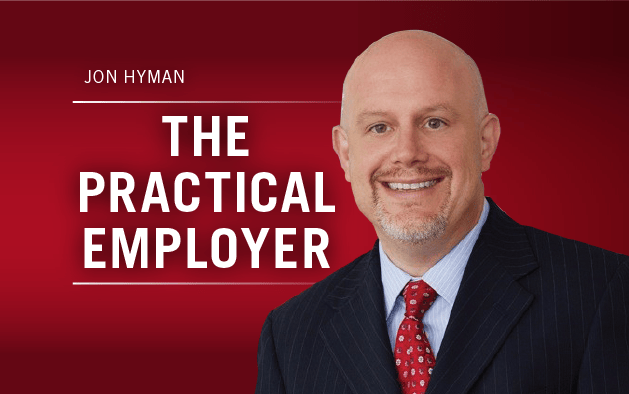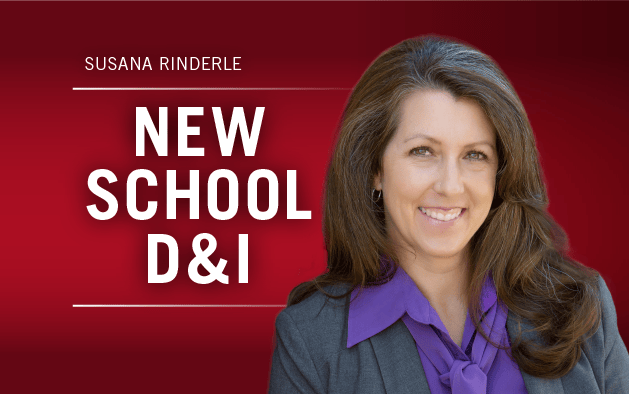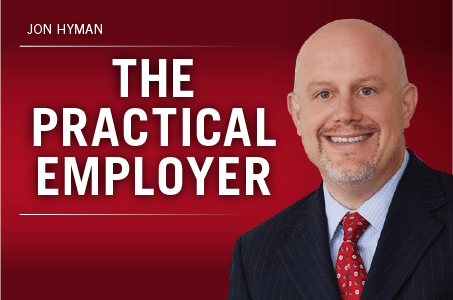Snapchat is hot. It has more than
In advance of that date, which is poised to be one of the biggest tech IPOs in a while, Snap released some, shall we say, light information about its diversity strategy. It seems like they have great intentions, particularly around diversity of thought. But intentions are like wishes. Sometimes they come true, most times they don’t. Why? Because without a plan, wishes or intentions are just talk.
You need action, measured steps in a determined direction. And Snap is saying all the right things, but there’s no data, no transparency, and because there’s no transparency, there’s little to no formal accountability.
According to a TechCrunch article published recently, the company says:
“We fundamentally believe that having a team of diverse backgrounds and voices working together is our best shot at being able to create innovative products that improve the way people live and communicate. There are two things we focus on to achieve this goal. The first—creating a diverse workplace—helps us assemble this team…”
OK, now would be the perfect time to detail planned recruiting strategies to increase women and minorities at various levels throughout the organization; and a few numbers to provide context and illustrate projected success rates, or even how steep a climb the company has to hike, wouldn’t go amiss.
“We convene at the conferences, host the hackathons, and invest in the institutions that bring us amazing diverse talent every year…”
Oh, yeah? Which ones? Are you sponsoring any of those conferences? Who attends? Where are they marketed and to who? What about job fairs? Or, how about internships in high schools in underrepresented communities? Silence.
Specifics lend credibility. Without details, it’s just talk, no?
“The second—creating an inclusive workplace—is much harder to get right, but we believe it is required to unleash the potential of having a diverse team. That’s because we believe diversity is about more than numbers…”
That bit about the diverse team, well said. And diversity is absolutely about more than just numbers. But when you’re a public company, data, numbers, they matter. Showing even a little progress in strategic diversity management can inspire product confidence and brand loyalty, and get you out of jail free when your overall lack of diversity starts tongues to wagging and fingers to pointing.
“To us, it is really about creating a culture where everyone comes to work knowing that they have a seat at the table and will always be supported both personally and professionally…”
Again, well said. No argument here. But without details, strategies, something to indicate this is more than just a well written media sop to throw the more critical of us off the scent, the whole speech is just thin.
“We started by challenging our management team to set this tone every day with each of their teams, and by investing in inclusion-focused programs ranging from community outreach to internal professional development…”
What are these inclusion-focused programs? What is Snap’s idea of community outreach? What form will this internal professional development take? Challenge is almost always good, especially at the highest organizational levels. But how will you know when or if your leaders have met the challenge? And exactly is the challenge? I only ask because if I’m not sure, you might want to check to make sure your leaders are. Granted, I’m just Joe Q public, but it’s the public who will buy this stock next month, right?
“We still have a long and difficult road ahead in all of these efforts, but believe they represent one of our biggest opportunities to create a business that is not only successful but also one that we are proud to be a part of.”
Yeah, OK. It’s smart to acknowledge diversity isn’t always easy, and again, you certainly can’t argue with the desire or intent behind statements like these. At least, not until you scratch beneath the surface, look for the meat and find there’s nothing there to grab on too. Call me cynical, but I don’t believe it. There are too many unanswered questions, too little information, too many vague statements about their stance on diversity and inclusion. I can’t get a clear picture of what exactly needs to be done, who will do it, how they’ll do it, and on what timetable.
Stakeholders demand a solid accounting. Apple found that out. This month the company’s shareholders will vote to try and increase management diversity, “a proposal being pushed by its major investors.” A Diversity Inc. article reported that Apple’s current management said such efforts are “not necessary.” We’ll see. But, as much as it pains me to say it, they could be right. Apple might be able to get away with ignoring efforts to diversify its leadership ranks – at least for a while – because of the depth of market penetration – not to mention the almost rabid brand loyalty – its products have achieved globally.
Snap, however, is not Apple. It’s main product, Snapchat, is popular, but it does not have Apple’s Pied Piper-esque pull. As evidence, the August 2016 introduction of competitor Instagram Stories caused a serious slowdown on Snapchat’s growth. If the tide turned against Snapchat, all it would take is Kylie Jenner hopping on another platform, and they’d be toast.
Brands and products and the companies that love them need the public’s approval. How fast did Nordstrom drop Ivanka Trump’s brand this week following protests from anti-Trump movement #GrabYourWallet? The retailer says Trump got the boot because of poor performance, but I think we all know why her brand isn’t performing well. It’s not the clothes. I’ve seen many of them, and her stuff is cute. Until you see that name, and drop it’s hot. At least, that’s what I do.
Diversity as a facet of brand reputation, recruiting, talent management or promoting business performance is not something you want to mess with. These days – thank everything – many times the public won’t let you.
Kellye Whitney is associate editorial director for Workforce. Comment below or email editor@workforce.com.








